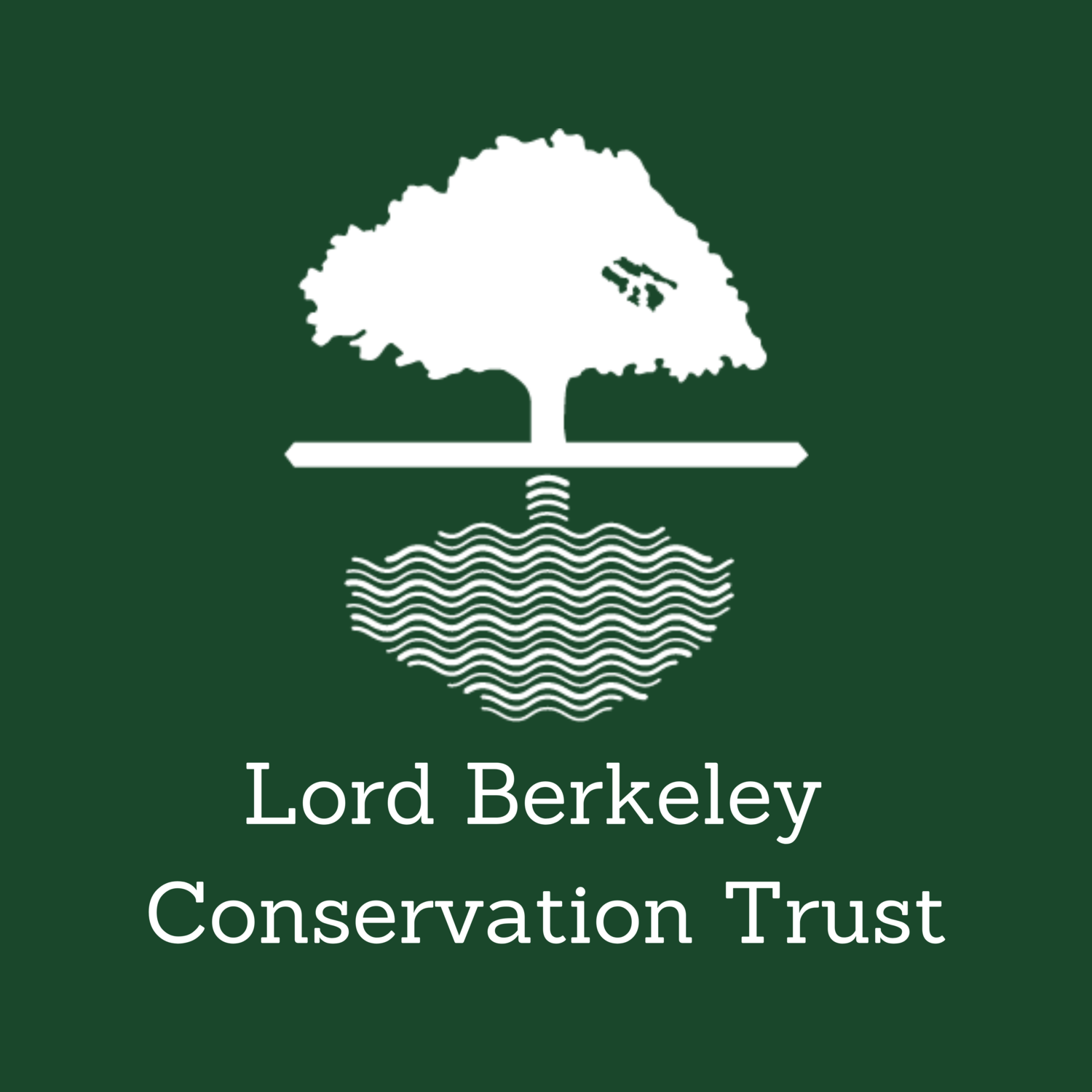
Fort Fair Lawn
DATE PROTECTED ACRES PROTECTED
09/2016 82
“Fort Fair Lawn is probably the most pristine, intact, original American Revolutionary War fortification in South Carolina, if not the country.”
- Doug Bostick, Executive Director for the SC Battleground Preservation Trust
In September 2016, the Lord Berkeley Conservation Trust secured $2 Million needed to close on the purchase of the historic Fort Fair Lawn site along with eighty surrounding acres. A thorough archeological review of the site has been conducted and a master plan has been designed for the property to eventually be used as a public park. The site is permanently protected with a conservation easement held by the SC Battleground Trust in order to uphold its archaeological, historical and natural integrity. Fort Fair Lawn opened to the public for educational and passive recreational purposes as an expansion of the adjoining Old Santee Canal State Park in September 2022.
“Fort Fair Lawn is probably the most pristine, intact, original American Revolutionary War fortification in South Carolina, if not the country,” said Doug Bostick, Executive Director for the SC Battleground Preservation Trust. Of the more than thirty forts constructed in South Carolina during the American Revolutionary war, only two remain in their original condition: the Ninety Six National Historic Site and Fort Fair Lawn. Due to the high clay content of the soil and other fortunes of fate, Fort Fair Lawn has not suffered from erosion, severe vandalism or other disturbances that have destroyed so many other battlegrounds in the country. “As one of the few existing British-built military sites in the country, this project is of national, if not international, significance,” said J. Raleigh West, Executive Director for Lord Berkeley Conservation Trust.
The purchase was funded by grants from the SC Conservation Bank, the National Park Service - American Battlefield Protection Program, and the SC Ports Authority Cooper River conservation program. The Coastal Community Foundation also provided bridge funding through its Conservation Loan program. Santee Cooper and the Campaign of 1776 of the American Battlefield Trust also contributed to the project with donated services and grant to cover transaction costs, respectively.
“What’s even more exciting than the project itself is the collaboration between so many stakeholders to protect the intersecting natural and historical resources in the region,” said West. “We expect the Fort Fair Lawn project to serve as a catalyst for a new program aimed at protecting other important Revolutionary War sites and ecologically significant lands throughout the Santee and Cooper River watersheds.”
In 1780, the British had the momentum as they defeated the partisan American forces in a string of battles and skirmishes throughout Georgia and South Carolina. They had already captured the city of Savannah and were poised to take Charles Town – one of the wealthiest in all the American colonies. But after a decisive rout at Sullivan’s Island four years prior, the British opted to avoid a direct naval assault on the city and instead planned to lay siege to it.
Their plan to siege Charles Town required securing the Cooper River, which served as the principal transportation route to the backcountry, a supply route and means of escape for the Patriot army. In April 1780, the British routed American cavalry and infantry stationed in Moncks Corner and established their headquarters at Fair Lawn Barony – the only home constructed by a Lords Proprietors’ family. The home was located about one mile away from the last navigable point on the Cooper River at Stoney Landing. There, they constructed Fort Fair Lawn to guard the landing and fortify their position at the head of the Cooper River. The British held this position until late 1781, when they withdraw their troops to Charles Town.



